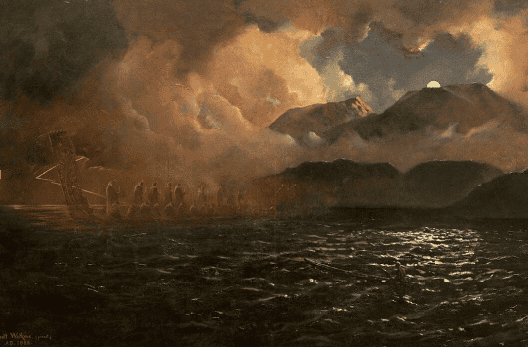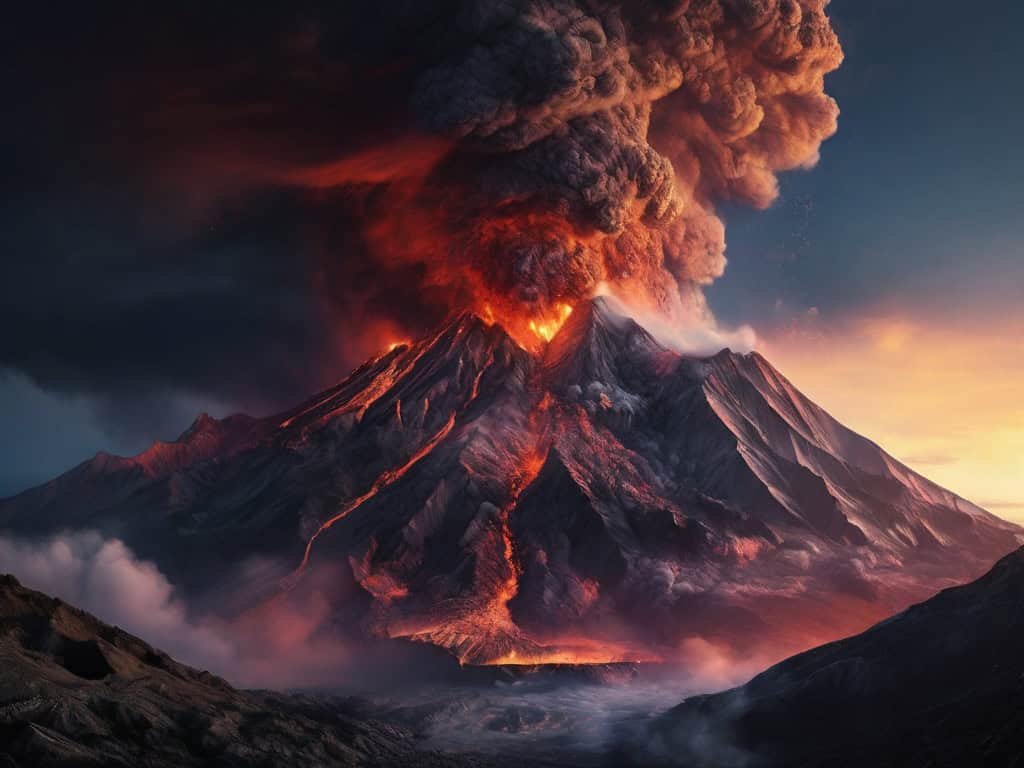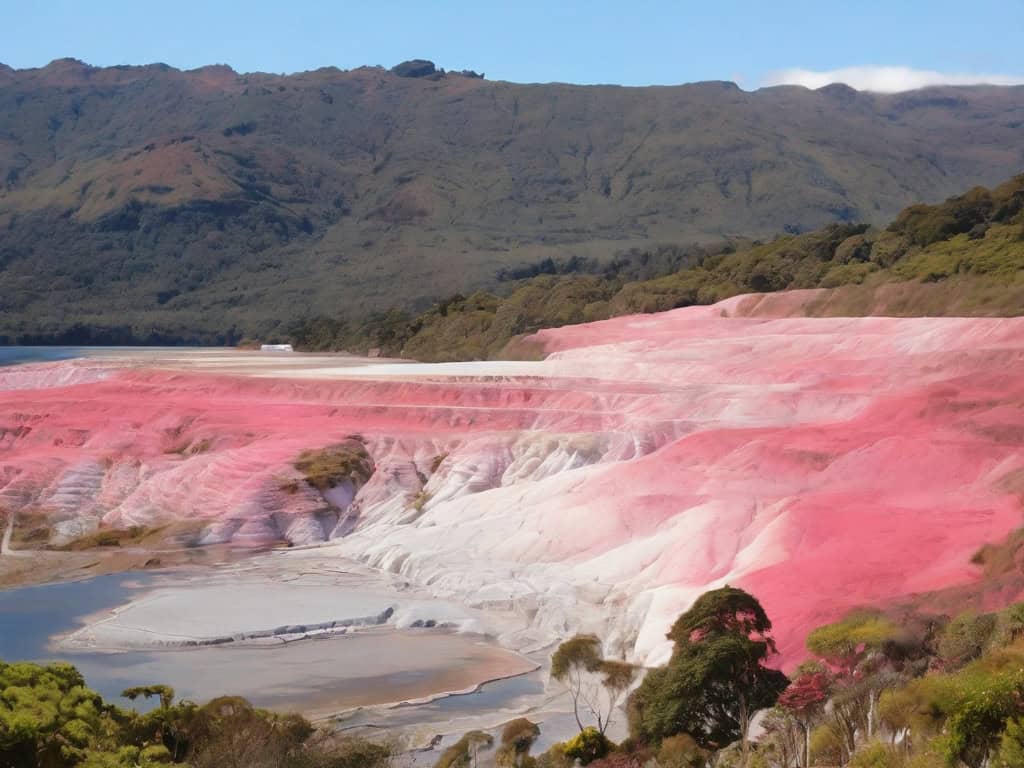
A local legend born from events surrounding a 19th century eruption of a New Zealand volcano continues to fascinate sceptics and folklorists alike.


In New Zealand's North Island, a legendary volcanic eruption was preceded by an ominous apparition on Lake Tarawera in 1886. On May 31st, a ghostly Maori canoe, a waka, propelled by a phantom crew, materialized out of the mist. Despite being seen and hailed by local guides and European tourists, the spectral vessel vanished into thin air, leaving behind a haunting tale that would become one of New Zealand's most enduring ghost stories.
The eerie vision turned out to be a harbinger of doom, as just eleven days later, Mt. Tarawera, which towers over the lake, erupted in a catastrophic event that would go down in history as one of the country's largest volcanic disasters.
The early morning explosion split the mountain open, creating new volcanic peaks and unleashing a massive plume of ash, rock, and steam that soared 10 kilometers into the air. Will similar supernatural warnings precede future volcanic eruptions, or are these modern prophecies of volcanic eruptions about to be fulfilled?

New Zealand is currently experiencing a surge of hundreds of small to medium-sized earthquakes, a phenomenon often seen as a precursor to volcanic eruptions.
This recent seismic activity is eerily reminiscent of the events leading up to a devastating eruption Mt Tarawera, which was foreshadowed by a series of earthquakes that were powerful enough to be felt as far away as Auckland. The eruption ultimately buried several villages, including Te Wairoa, under a massive amount of volcanic debris, resulting in an estimated 120 fatalities.
Eyewitness Accounts
Across cultures and throughout history, people have shared accounts of ghostly encounters, often relying on personal testimony and anecdotal evidence. The phenomenon of pareidolia, where random patterns are perceived as meaningful images, can also contribute to these claims. Sceptics, however, are quick to seize opportunities to debunk sightings that defy scientific explanation.
In contrast, a recent sighting on the lake stood out for its consistency, with both tourists and Sofia, a seasoned guide, providing remarkably similar accounts. Notably, there was no record of a war canoe being in use on the lake at the time. The eyewitnesses described the waka in vivid detail, with half of the warriors rowing while others stood with bowed heads, clad in flax robes.
In 1886, a passenger named Ms. Sise penned a letter to her son in Dunedin, recounting a remarkable encounter on the lake. As their boat sailed through the misty sunlight, they spotted a majestic canoe in the distance, teeming with Maori people, some of whom were standing upright. The sun's glint on the paddles caught her eye, but despite hailing the boat, they received no response. At the time, the incident seemed insignificant, and even Dr. Ralph barely gave it a glance.
However, upon their return to Te Wairoa that evening, they discovered that their Maori hosts were abuzz with excitement. According to McCrae, a local resident, and other Europeans, no such canoe had ever been seen on the lake before. This eerie experience was corroborated by a second sightseeing boat, whose passengers and guides also claimed to have witnessed the same mysterious waka.
One passenger, Josiah Martin, was so inspired that he even sketched a rendition of what they had seen. The Maori guides, adorned with feathers from the Huia and white heron birds - a ritual typically reserved for mourning the loss of a tribal member - were said to have been terrified by the warriors they saw.

In the 19th century, a natural wonder of the world was lost when a volcanic eruption submerged the shores of Lake Rotomahana, which flowed into Lake Tarawera. The catastrophe buried two renowned geological formations: the Pink and White Terraces.
The Pink Terrace, also known as Otukapuarangi or "fountain of the clouded sky", was a delicate, pink-hued silica formation. Its counterpart, the White Terrace or Te Tarata, meaning "the tattooed rock", was a larger, more dramatic structure featuring cascading white terraces created by the mineral-rich deposits of geothermally heated water.
